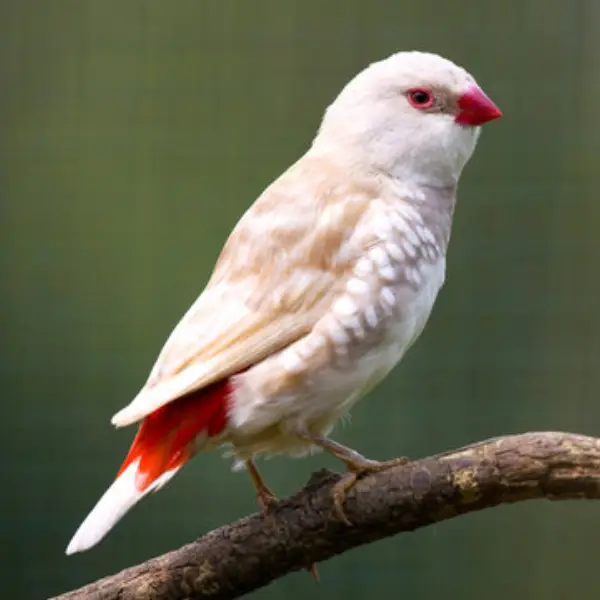-
×
 Cape Dove
1 × ₨ 30,000
Cape Dove
1 × ₨ 30,000 -
×
 Silver Diamond Firetail Finch
1 × ₨ 25,000
Silver Diamond Firetail Finch
1 × ₨ 25,000
Subtotal: ₨ 55,000
Free shipping order over 20,000
₨ 137,500 Original price was: ₨ 137,500.₨ 110,000Current price is: ₨ 110,000.
Important Keys:
Habitat
Diet
Breeding
Lifespan
Behavior
![]()
Sign Up for Exclusive Birds Care Tips and Offers from Phool Panchi
© 2024 Phool Panchi | Developed By v3Studio
WhatsApp us
Reviews
There are no reviews yet.